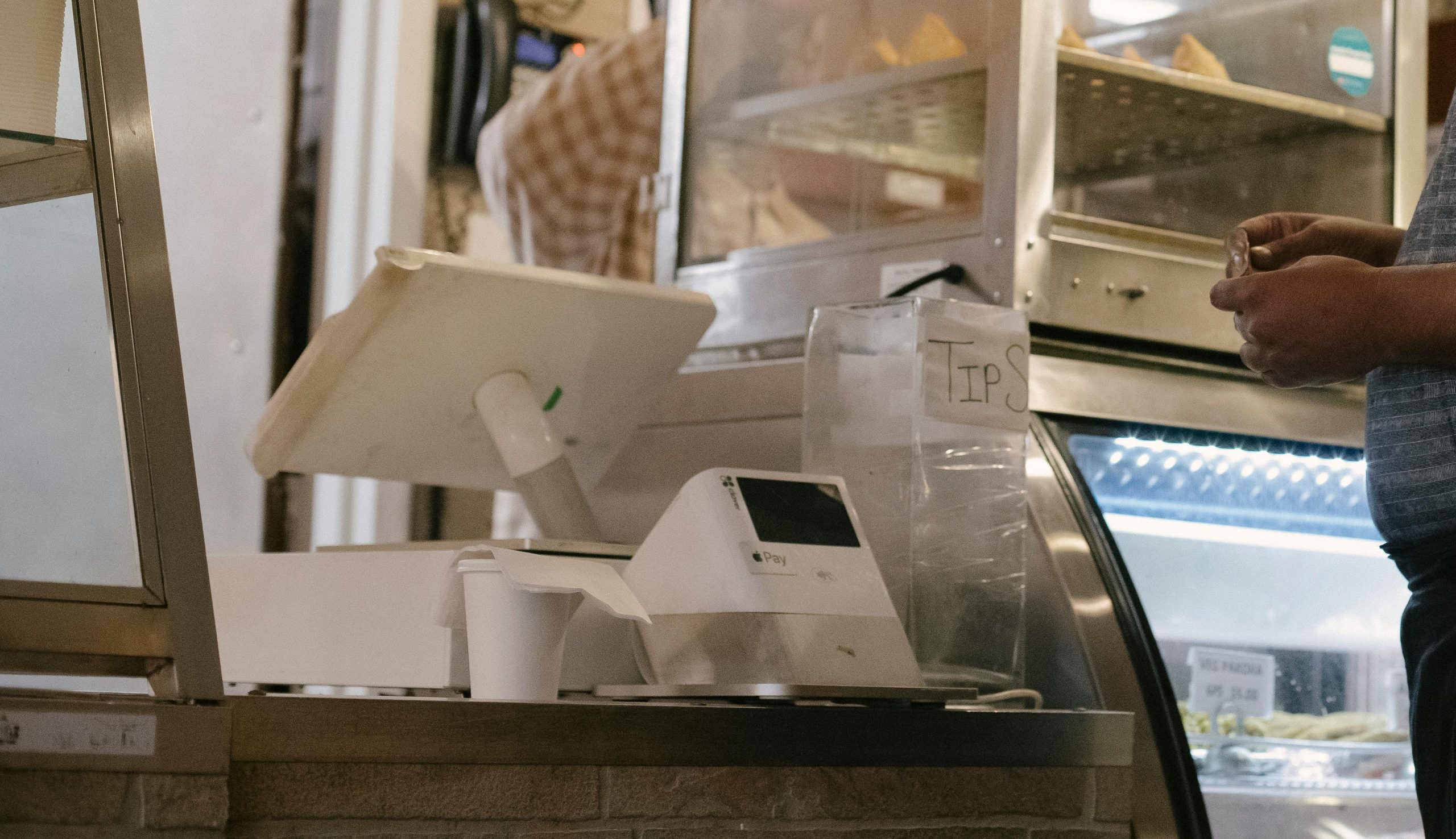Using the GRASPS Model for Authentic Learning
I remember sitting at an education conference, sipping lukewarm hotel tea, when I was first introduced to the GRASPS model for authentic assessment tasks. Honestly, I thought it was just another acronym to learn and promptly forget (we’ve all been there). But friends, this one stuck. It didn’t just stick—it transformed how I plan units.
I’ve always loved getting creative with my lessons. Turning classrooms into airports, bakeries, or secret science labs is my thing. But I also want that learning to matter. The GRASPS model for authentic tasks gave me the structure I needed to make learning experiences not just “fun,” but real. After using the GRASPS model and seeing the effect it has on my teaching and student learning, I am even more convinced that real-world learning experiences help students see the relevance in what they’re doing. That’s why I fell in love with the GRASPS model—a framework for designing authentic performance tasks that feel meaningful, purposeful, and yes, even fun. If you’re looking for a way to add more project-based learning, student engagement, real-life application, and backward planning strategies to your classroom, this post is for you.
Now, you may be asking…
What is GRASPS?
The GRASPS model for authentic tasks is an instructional framework created by Grant Wiggins and Jay McTighe (of Understanding by Design fame). It’s a tool to help you plan authentic assessment tasks that mirror real-world challenges.
GRASPS stands for:
-
- G – Goal: What problem or challenge will students solve?
- R – Role: Who are they in this scenario? What is their responsibility?
- A – Audience: Who is this for? A client? A community group? The public?
- S – Situation (Scenario): What is the real-world context?
- P – Product/Performance: What will students create or do to show their learning?
- S – Standards for Success: What are the criteria for a successful product?
Why is GRASPS so helpful?
GRASPS is more than just a planning tool—it’s a mindset shift. It promotes backward design by encouraging teachers to start with the end in mind: the skills, knowledge, and understandings we want our students to gain. From there, we build rich, real-world tasks that provide meaningful opportunities for students to demonstrate their learning.
This model:
-
- Anchors tasks in real-life relevance
- Keeps lessons aligned to curriculum standards
- Builds 21st-century skills like communication, problem-solving, and creativity
- Helps students understand the why behind what they’re learning
- Increases student motivation by giving them a sense of purpose
My Slightly Cheeky Twist: Why I Use SSGRAP Instead
I know, I know—SSGRAP isn’t nearly as catchy as GRASPS. But this reordered version works better for me because it mirrors how we actually think when we plan well.
Why the twist matters: Backward planning is key
Backward planning—starting with the standards and working your way toward the learning experience—is a hallmark of effective teaching. My cheeky twist on the GRASPS model for authentic tasks emphasizes this by placing standards first.
When you begin with the fun scenario or product idea, it’s easy to get off track or miss key learning goals. But when you start with your standards, you’re ensuring that every part of the task is aligned and intentional. You’re not just doing something fun; you’re doing something engaging that matters.
Here’s the order I use:
-
- S – Standards: Always start here. Backward planning begins with asking: “What concepts, skills, and understandings do I want students to walk away with?” Once you’re clear on that, you can design with confidence.
- S – Scenario: Then, think about a real-world context that would require those standards. Where do these skills actually matter?
- G – Goal: In that scenario, what challenge are students trying to solve?
- R – Role: Who are they in this situation? Scientists? Entrepreneurs? Historians?
- A – Audience: Who are they doing this work for? Clients? World leaders? The public?
- P – Product: What will they produce to demonstrate their learning?
Reordering the steps may seem small, but it’s powerful. It ensures that your engaging ideas aren’t just fun—they’re grounded in purpose, clarity, and challenge your students. It definitely made my teaching both more creative and more effective.
Real-World GRASPS Example: “On the Move” Immigration Unit
This was one of my favorite GRASPS model for authentic tasks units ever. The central idea: “Throughout history people have been on the move, with wide-ranging effects on themselves and on the indigenous population.”

The GRASPS Breakdown:
-
- Standards for Success:
- Reasons people migrate
- Homes/places people move to and from
- The impact of human migration
- Time-telling skills
- Basic geography
- Letter writing conventions
- Scenario: A university wants to build a study abroad program for social science students.
- Goal: Help the university find ideal locations to send students studying immigration.
- Role: You work in the university’s Study Abroad Office.
- Audience: University administrators
- Product: A detailed study abroad packet with recommendations for courses
- Standards for Success:
I brought my own experience into this—having studied abroad in Germany myself—and even showed students photos from my time there. We transformed our classroom into an airport. At the start of the week, students received boarding passes for a new location, the room was arranged like an airplane, I dressed up like a flight attendant, and we served in-flight snacks related to our travel destination. Real-world learning in action with the GRASPS model for authentic tasks!
GRASPS in Action: “Market Forces” Business Unit
This unit focused on economic systems with the central idea: “Markets are part of an interconnected world and are influenced by many factors.”

The GRASPS Breakdown:
-
- Standards for Success:
-
- Economic factors influencing markets
- Money concepts and handling
- Using percentages
- Data handling
- Digital design skills
- Persuasive language
-
- Standards for Success:
-
- Scenario: You’re an entrepreneur entering a competitive local market.
- Goal: Start a successful small business
- Role: Bakery owner
- Audience: Potential investors
- Product: Business plan and marketing pitch
I had every student design their own bakery (because competition was part of the learning!). They pitched to a panel of mock investors and even created digital advertisements. You can read more about this unit in my post about classroom business planning with the GRASPS model for authentic tasks.
Do you want to see how using this GRASPS model lays the foundation for an entire unit plan? You can get my entire unit plan for this unit for free by reading my blog post Teaching Business to Kids.
How the GRASPS Model Transformed My Teaching
Using GRASPS has:
-
- More focused units
- Deeper learning
- Student ownership
- Relevant skill connections
- Successful backward planning
Using the GRASPS model for authentic tasks helped me bring clarity to my teaching in a big way. My units became more focused because I had a clear vision of where we were going and why. Instead of trying to cram in every “cool idea” I came across, I could choose only the experiences that actually supported the learning goal.
That focus led to deeper learning—students were no longer skimming the surface of a topic; they were digging in, applying concepts, and thinking critically. And the best part? They started taking ownership of their learning. Giving them a real-world role and purpose lit a fire under them. They weren’t just completing assignments; they were solving problems and presenting ideas that mattered.
Through it all, GRASPS made it easy to weave in relevant skill connections—math, writing, research, collaboration, even digital design—all anchored to a meaningful goal. Most importantly, it gave me a solid structure for backward planning. Starting with the standards and working my way back through the scenario, goals, and products made everything more intentional—and way more powerful.
Ready to Try GRASPS?
Whether you’re planning a social studies unit or launching a classroom economy, the GRASPS model for authentic tasks will help you stay focused and creative. Want help getting started? Click the link below to get a free copy of my GRASPS planner.
GRASPS Planner
This resource provides 3 versions of the GRASPS Model Table to support teachers in designing authentic performance tasks for their units. Each version helps structure assessments that are meaningful, real-world relevant, and aligned with standards. Choose the format that best fits your planning style!
And if you give it a go, let me know how it goes! I would love to connect.

